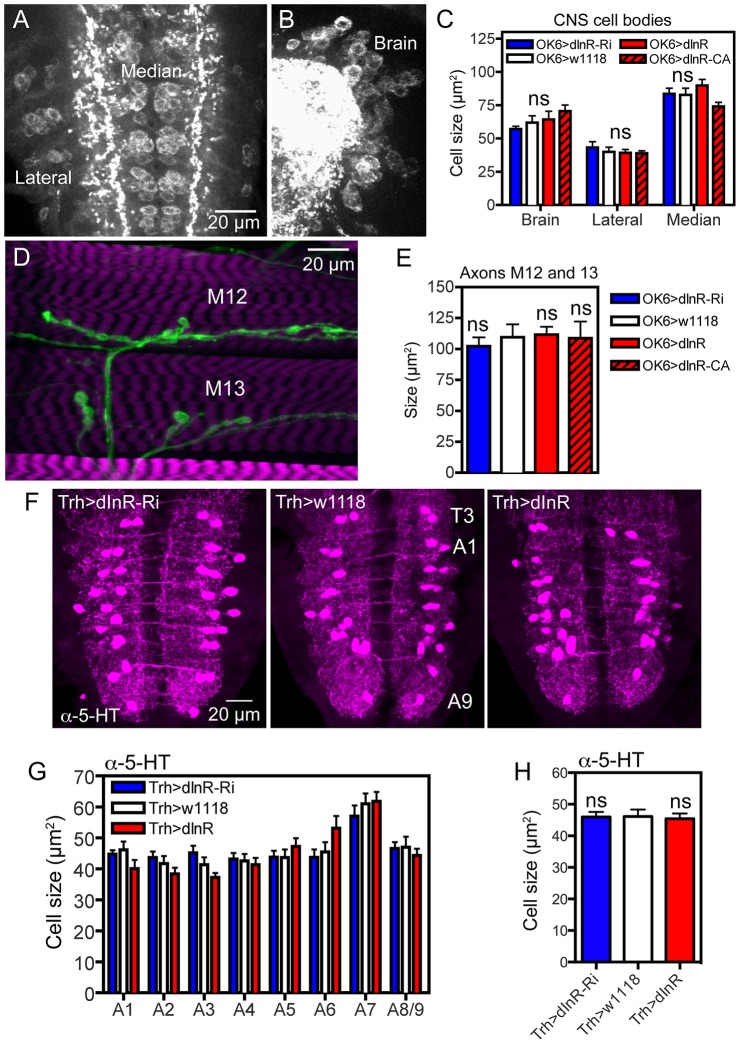Figure 6. Manipulations of dInR expression in interneurons and motor neurons do not affect cell body size.
For manipulations we used the OK6-Gal4 driver, known to identify interneurons in the brain and predominantly motor neurons in the ventral nerve cord. Many of the OK6 neurons are likely to be glutamatergic. A and B Distribution of vesicular glutamate transporter immunoreactivity in abdominal motor neurons (A), and brain interneurons (B) of control flies. Two sets of cell bodies were measured in abdominal ganglia lateral and median ones. C Neither dInR-RNAi, nor over expression of dInR or dInRCA (dInR-CA) produced significant changes in cell body sizes of brain neurons or motor neurons (n = 6 animals for each genotype from 3 crosses, unpaired Student's T-test). D Analysis of the size of axon terminals of motor neurons on body wall muscles 12 and 13 (M12 and M13) was made after labeling with anti-HRP. E No effect was seen of dInR manipulations (n = 6–8 body walls for each genotype, unpaired Student's T-test). In Fig. S8 larger areas of body wall muscle innervation by motor neurons is shown for the different genotypes. F Manipulations of dInR levels in serotonergic neurons specified by a Trh-Gal4 driver did not affect cell body size of segmental interneurons in the abdominal ganglia (or elsewhere; not shown) revealed by anti-5HT immunolabeling. G Cell body size of 5-HT-immunolabeled interneurons in A1–A8/9 is not affected by dInR manipulations. H Average cell body size for all segments (ns, not significant, unpaired Student's T-test, n = 11–12 animals from 3 crosses).

